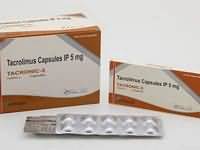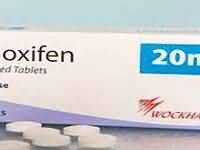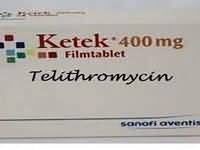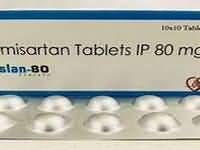sucralfate

CLINICAL USE
Treatment of peptic ulcer and chronic gastritisProphylaxis of stress ulceration in seriously ill patientsDOSE IN NORMAL RENAL FUNCTION
4 g daily in 2–4 divided doses Prophylaxis of stress ulceration: 1 g 6 times dailyMaximum 8 g dailyPHARMACOKINETICS
DOSE IN RENAL IMPAIRMENT
GFR (mL/MIN)
DOSE IN PATIENTS UNDERGOING RENAL REPLACEMENT THERAPIES
IMPORTANT DRUG INTERACTIONS
Potentially hazardous interactions with other drugsReduced absorption of digoxin, tetracyclines, quinolones, coumarins and phenytoin – give 2 hours after sucralfateADMINISTRATION
Reconstition
–Route
OralRate of Administration
–Comments
Sucralfate exerts its action at the site of the ulcer, and is minimally absorbed (3–5%) from the GI tract as sucrose sulphateIn normal renal function, any aluminium which is absorbed is excreted in the urineTablets may be dispersed in 10–15 mL of waterOTHER INFORMATION
Sucralfate should be used with caution in renal impairment as aluminium may be absorbed and accumulateIn severe renal impairment and patients receiving dialysis, sucralfate should be used with extreme caution and only for short periodsAbsorbed aluminium is bound to plasma proteins and is not dialysableUse of other aluminium-containing products with sucralfate can increase the total body burden of aluminium
See how to identify renal failure stages according to GFR calculation
See how to diagnose irreversible renal disease
Home








